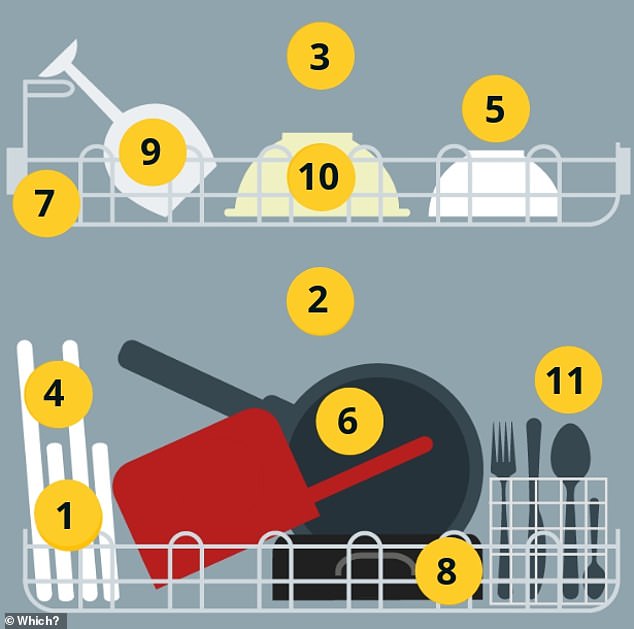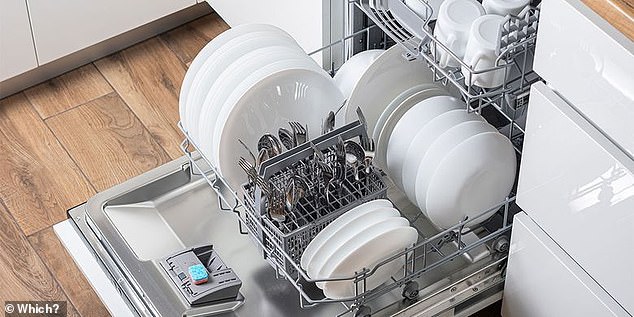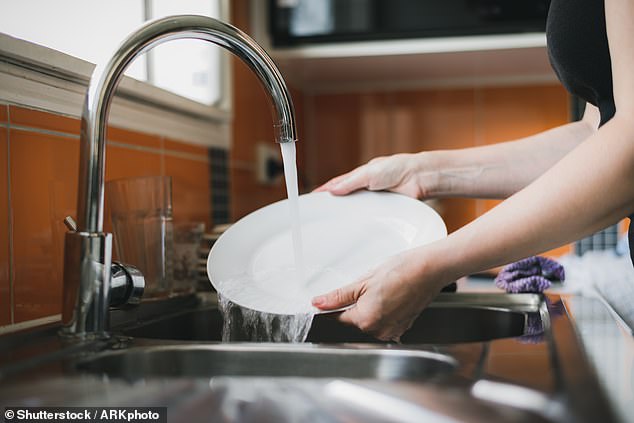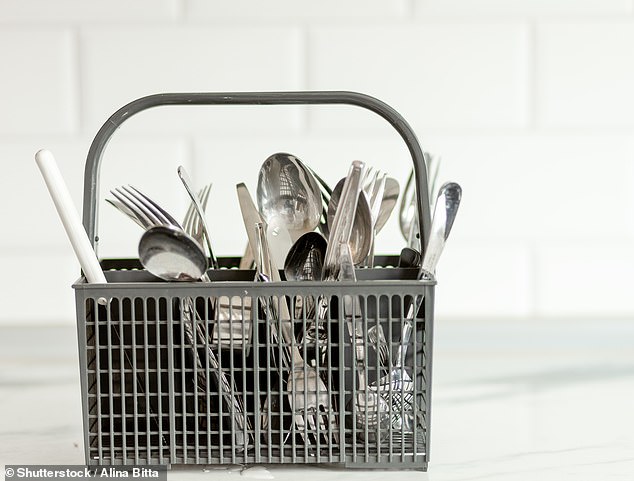It is a task that many individuals find to be particularly loathsome.
Loading your dishwasher is about to get a lot simpler, according to recent suggestions from Which?.
Press the "Start" button to begin the wash cycle. The dishwasher will take care of the rest, leaving your dishes clean and sparkling clean.
It appears your daily routine could be inhabited by minor improvements. You may have been handling plates and bowls in a way that isn't the most efficient or ideal.
Which? magazine has finally put an end to the long-standing dispute over whether to wash dishes before putting them in the dishwasher.
Loading your dishwasher in the right way can significantly impact its ability to clean your dishes, particularly larger items and those encrusted with stubborn dirt.
Are you using the most effective method to load your dishwasher?
Here's what Which? advises you should be doing in your kitchen.

1. Do not rinse your plates
Contrary to common opinion, Which? claims that you shouldn't wash your plates before putting them in the dishwasher.
"Removing big pieces of leftover food before putting items in the dishwasher gives it the best chance of thoroughly cleaning everything," it explained.
'Doing a pre-rinse by hand is unlikely as most common dishwasher programs thoroughly rinse dishes.
2. Ensure that all your dishes are directed towards the center
According to Which?, dirty plates should be placed with the dirty side facing the centre of the dishwasher's rack.
"The jet spray from the dishwasher rinse arms comes out like a garden sprinkler, so ensure it's unobstructed and properly aimed," it advised.
When operating your dishwasher, do not overload the appliance.

However, you might be inclined to load all your greasy plates at once, Which? advises that it's essential not to overburden your dishwasher.
'Leaving space between the items in the dish racks and cutlery baskets is a good idea', it explained.
Using an excessively heavy load in your dishwasher will hinder its ability to properly clean all dishes.
4. Mix and combine plates and bowls
Instead of placing your plates at one end and your bowls at the other, Which? recommends mixing up your dishes in the dishwasher.
Leaving space between dishes and cutlery enables the water and detergent to spread evenly.
Incorporating larger and smaller plates side by side might offer assistance with this.
There should be 5 bowls, with their rims directed downwards.

As it may seem common sense, ensure that your bowls are facing downward, or you'll open your dishwasher to find them flooded with water.
6. Position large items towards the rear and sides.
When loading the dishwasher, remember to position any large items such as a baking tray or a fruit bowl towards the back and sides.
"This will prevent them from obstructing the water and detergent flow, thus guaranteeing that other dishes are properly cleaned," Which? stated.
7. Use adjustable shelves for bulky items
If your dishwasher has an adjustable top rack, it can be particularly useful for accommodating large items or long-stemmed wine glasses, as advised by Which?.
'To check if your dishwasher has an upper rack that can be adjusted in height, look for a lever mechanism found on its sides.'
'Certain users opt for a sliding tray system which necessitates removal of the basket and adjustment of the runners.'
Please roast the food in a layer with the roasting trays below.
Alternatively, it's recommended to position your roasting trays at the bottom of the oven where heat and pressure are most concentrated.
Some dishwashers have a specialized spray-head for tackling extremely tough cleaning tasks like this.
Placing eyeglasses to the side and positioning mugs centrally
It is recommended that all cups and glasses be placed on the top shelf facing downwards, according to Which? However, it is suggested to give careful thought to the placement of different types of crockery.
'Place glasses next to the side holders, if possible, as the water pressure here isn't quite strong. Put cups and mugs in the middle,' it said.
Please place fragile or plastic items on the upper rack.
It is recommended to position these plastic items in the top rack to ensure their protection.

'The temperature is lower here, so there's less likelihood of them distorting or becoming uneven in the heat,' it explained.
11. Mix up the orientation of your cutlery, alternating plates with the fork to the right of the knife and putting the knife with the sharp edge facing inward towards the plate.
Finally, Which? suggests alternating the position of your cutlery to prevent a problem it refers to as 'nesting'.
The reason your cutlery may not always get properly cleaned is potentially because similar items are placed too closely together, leaving no room for water to circulate.
This situation, known as nesting, can occur when spoons lie against each other.
To solve this, arrange some structures vertically and some at an angle, allowing water to flow freely over every surface.
'Knives should not follow the typical rule of loading with the edge down. Instead, loading them point-down is safer.'
Read more


0 Komentar